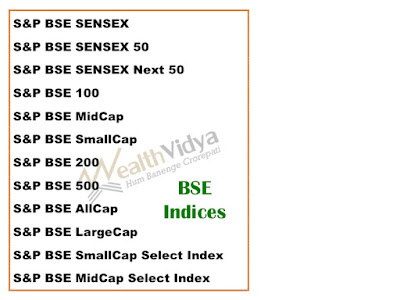Actual Question:
How many companies are listed on BSE and NSE? I thought they were 30 and
50 respectively, but I just discovered there are many more.
Answer:
Dear Friend!
As
on date more than 5500 companies are listed on the BSE, as per the information
available on the website of the BSE.
NSE
being a relatively new exchange, about 2000 companies are said to be listed.
Perhaps
you had arrived at the numbers of 30 and 50 respectively based on the
composition of the two popular indices, S&P BSE Sensex (comprising 30
scrips enjoying the top 30 market capitalisation) and NIFTY which comprises of
the top 50 companies.
Kindly
note that for a stock market to function effectively it is required that a
sufficiently large number of companies are listed on the exchange. The numbers
of 30 and fifty will not suffice. Only a fairly large number of listed
companies can meet the wide range investing tastes and styles of market players
like domestic institutional investors (DIIs), foreign institutional investors
(FIIs), high net worth individuals (HNIs), retail investors and so on.
For
your kind information, though popular, Sensex and NIFTY are not the only two
indices. Following is the list of various indices of the Bombay Stock Exchange:
Related Articles:
To
conclude a large number of companies are listed on India’s two popular
exchanges, BSE and NSE, offering a wide choice for various types and categories
of investors.
Thank
you,
With
Best Regards
Anand




